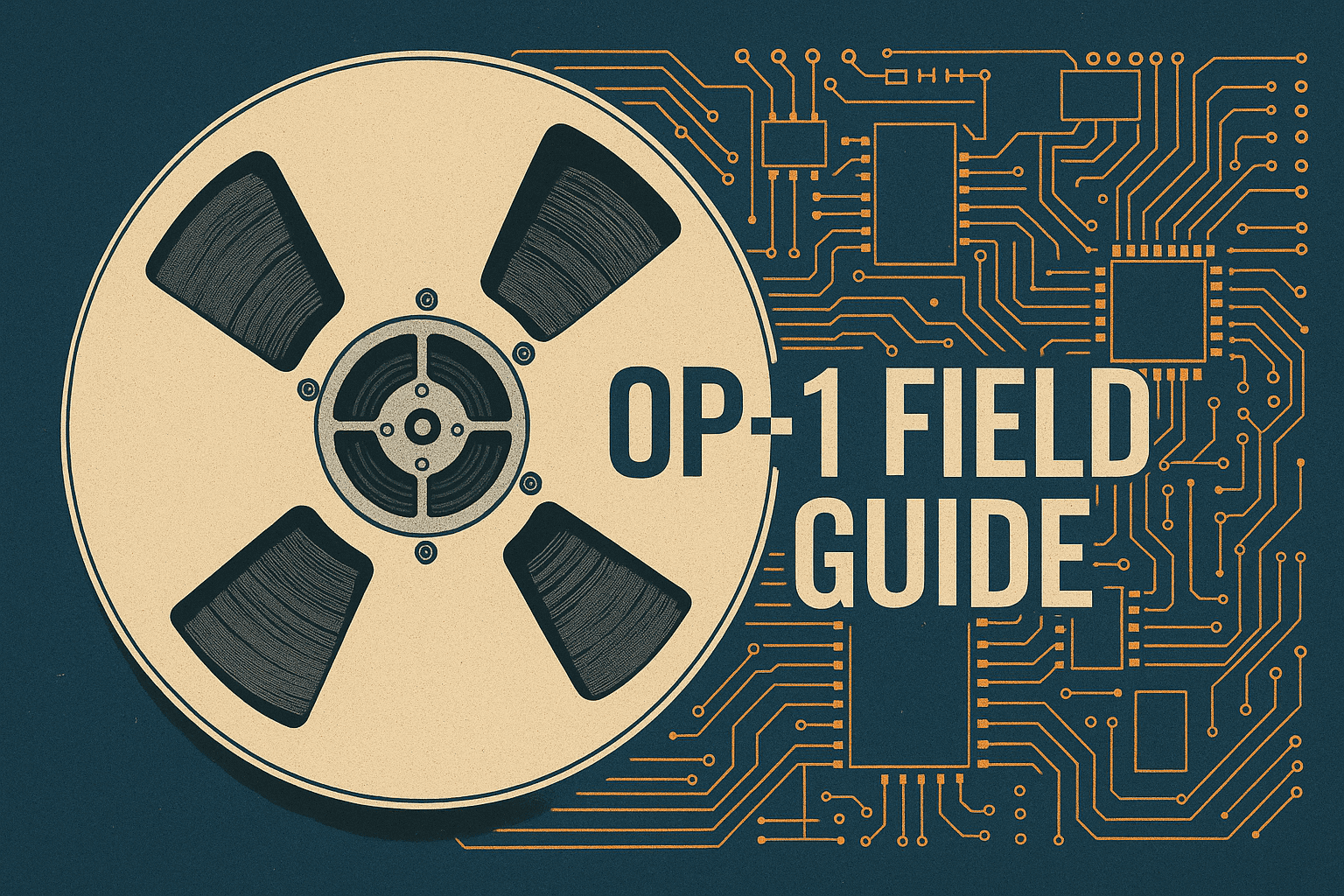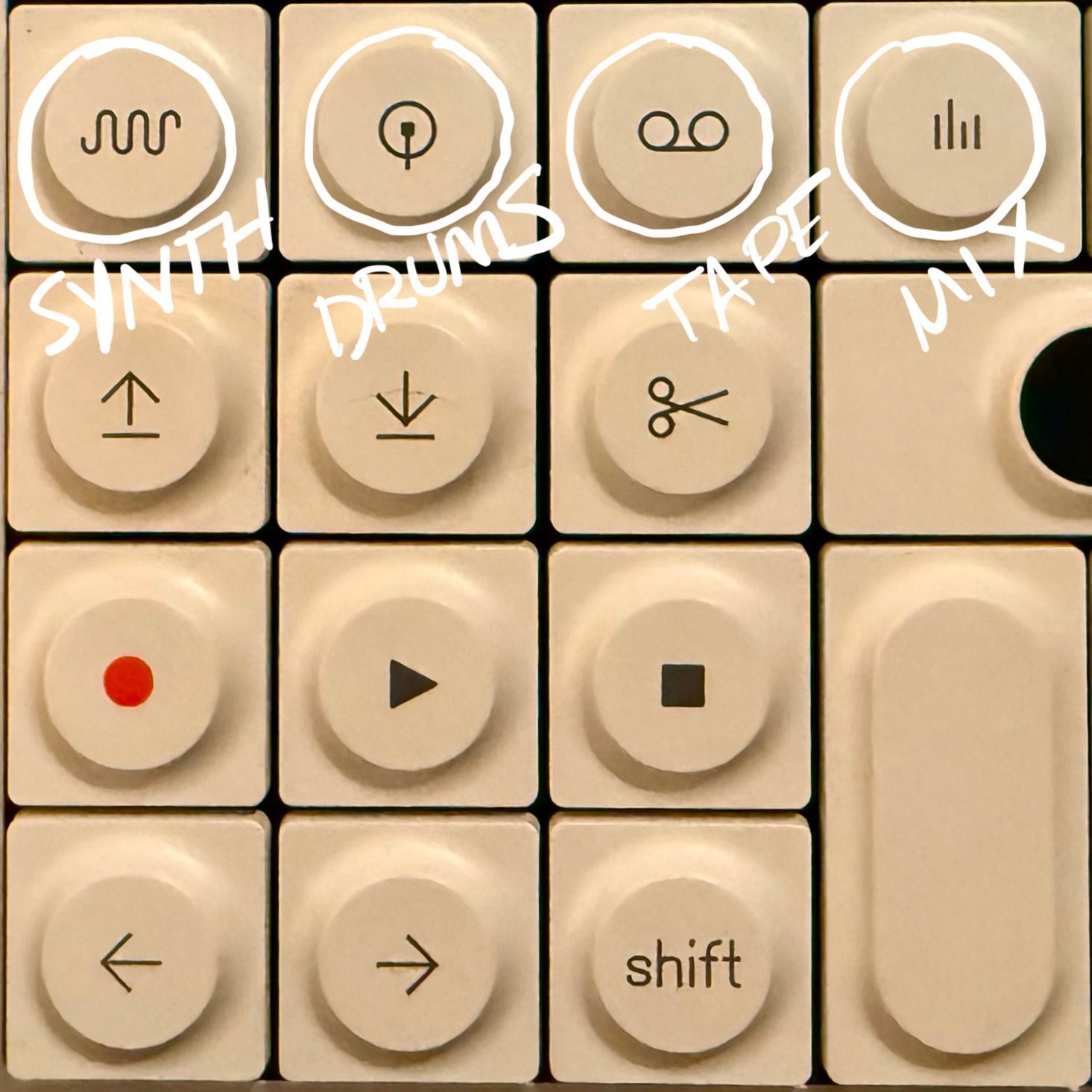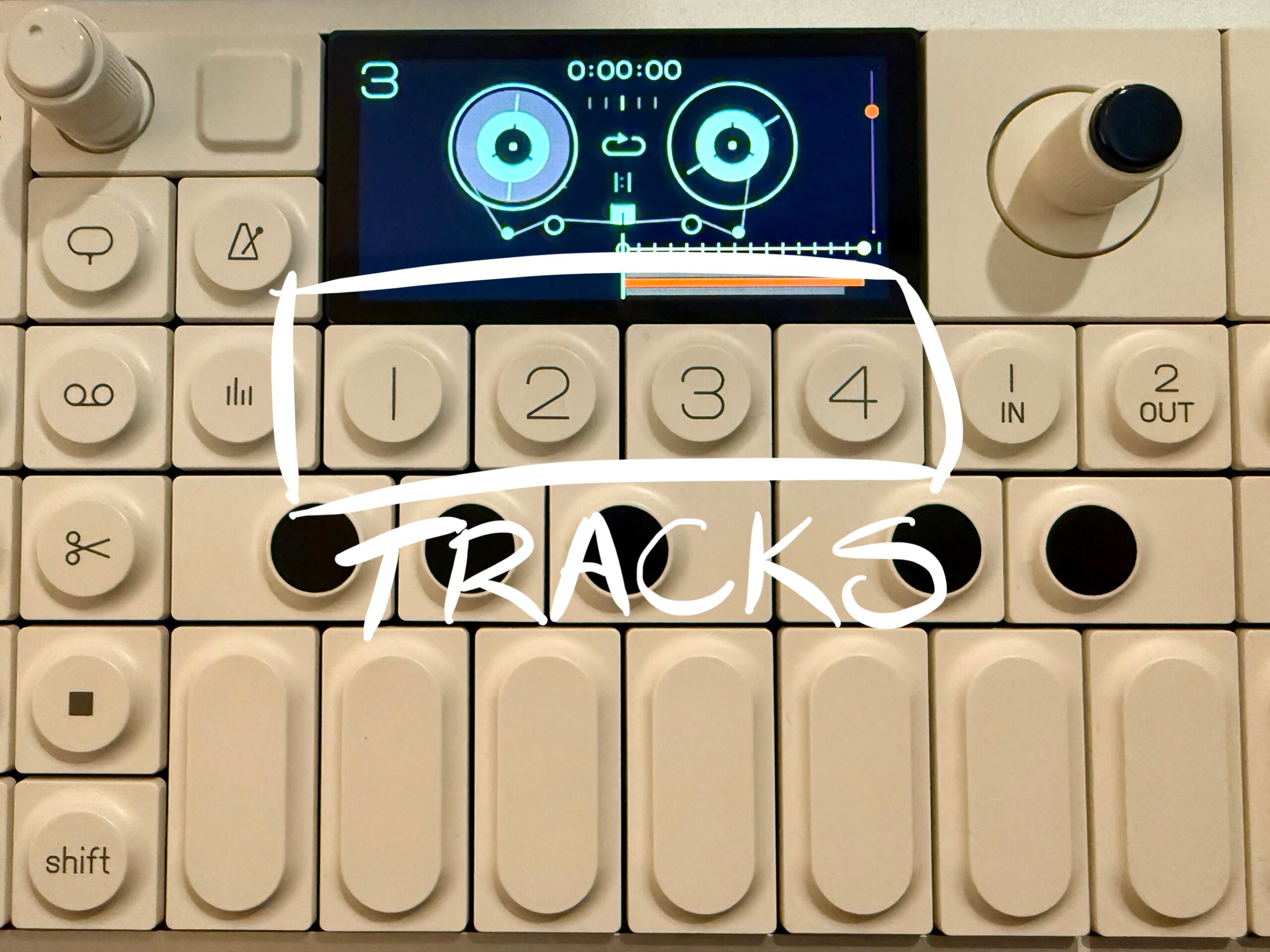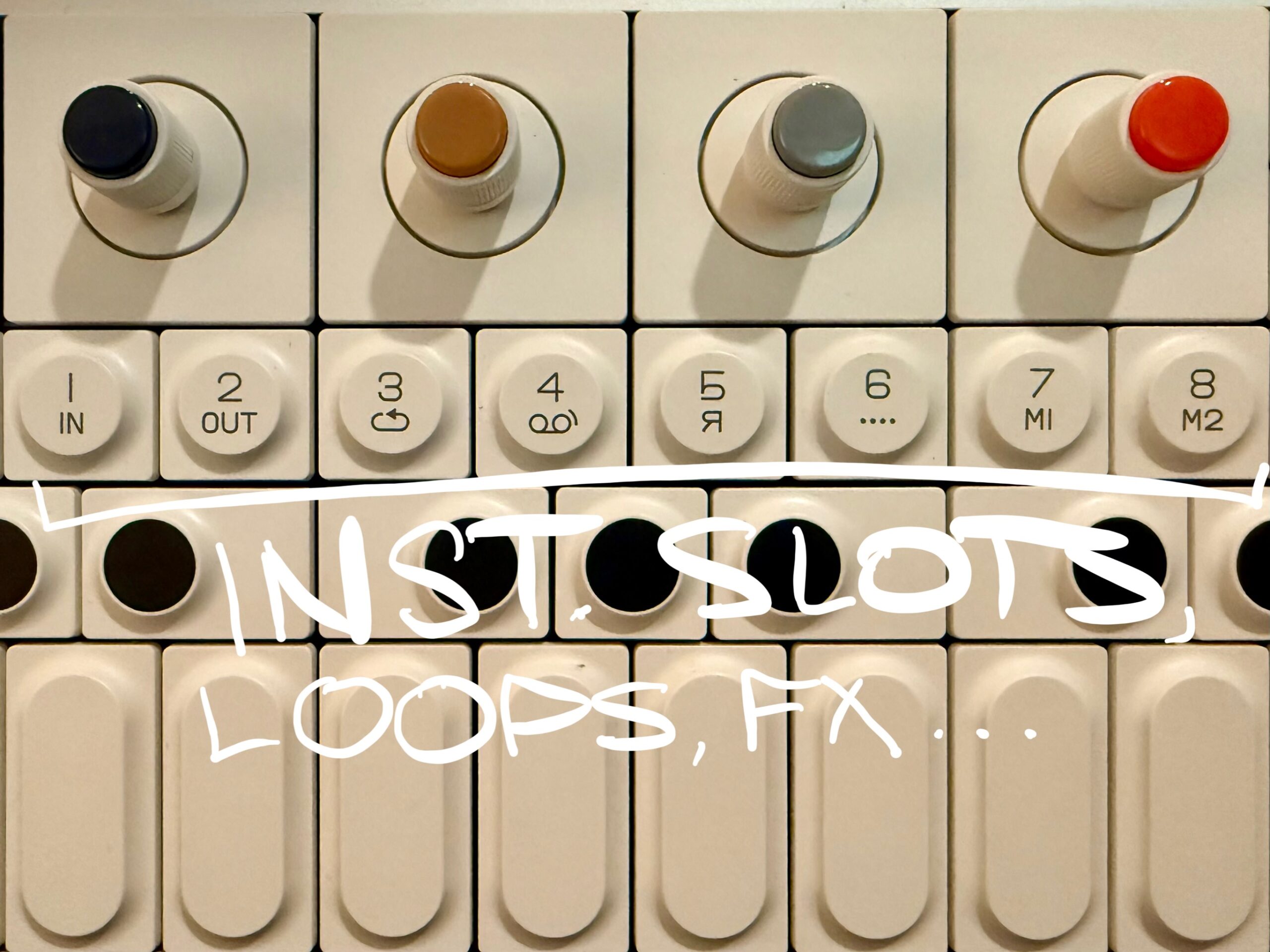
The Teenage Engineering OP-1 Field is more than just a synthesizer. It’s a Swiss Army knife for music production. Whether you’re a seasoned producer or a beginner looking to dive into sound design, this compact beast delivers. But let’s be real—it’s only as good as your ability to use it.
So, let’s cut the fluff and get you up to speed. By the time you finish this, you’ll know how to record, sample, manipulate sounds, and pull off tape tricks like a pro.
First, Know What You’re Working With
The OP-1 Field combines a tape recorder, drum machine, sampler, synth, and sequencer into one portable device. Each feature is designed to be intuitive, but it’s the combination of these tools that makes it truly special.
Here’s what sets it apart:
- Tape Recorder: A 4-track stereo recorder with vintage tape emulations. Think Tascam reel-to-reel vibes on steroids.
- Drum Engine: Map drum samples to keys or synthesize unique percussion sounds.
- Synth Engine: Choose from presets or tweak your way to sonic bliss.
- Sequencer: Automate patterns for drums, melodies, and everything in between.
Now, let’s dig into the details.

OP-1 Field Synth, Drum, Tape, Mixer Buttons
Get Hands-On with the Tape Recorder
The tape is your playground. You can record layers, chop them up, and loop them endlessly.
Here’s how to start recording:
- Press [Tape] to enter Tape mode.
- Select a track ([T1] to [T4]). These are your four virtual tape decks.
- Hit [Rec] + [Play] to start recording. Play your synth or drum hits, and they’ll be captured immediately.
- Stop with [Stop]. Want to start over? Double-tap [Stop] to reset the playhead.

OP-1 Field Track Buttons
Let’s say you want to create a loop:
- Define the start and end points with [1] (Loop In) and [2] (Loop Out).
- Toggle the loop with [3]. Now, anything you record stays within that looped section.
Want to spice it up? Hold [Shift] + [Play] to reverse playback, or press [4] to create a dramatic tape brake effect.

OP-1 Field Preset and Tape Trick Buttons
Build Beats with the Drum Engine
The OP-1 Field gives you two ways to craft drum sounds: sample-based Drum Mode and synthesized DBox Mode.
To map a sample across keys:
- Press [Drum], then [T1] to open the drum sampler.
- Load a sample (up to 20 seconds long).
- Use the Blue and Ochre knobs to set start and end points for each drum hit. For instance, isolate your kick drum at the start, then slice out snares and hi-hats further along the waveform.
- Assign each slice to a key by playing it and tweaking the knobs.
Once your kit is ready, hit the keys to test it out. Adjust playback modes (e.g., one-shot or loop) with the Orange knob. Want the open hi-hat to stop when the closed hi-hat plays? Set both slices to “Group Choke.”
Synthesize Like a Pro
Synth Mode is where things get wild. Think ethereal pads, gritty basslines, or leads that cut through the mix.
- Press [Synth] to open Synth Mode.
- Browse engines with [Shift] + [T1].
- Adjust parameters like pitch, modulation, and envelopes using the rotary knobs.
Example: Need a cinematic bass swell? Start with a preset, lower the pitch with the Blue knob, and add a slow attack via the Grey knob. Then, sprinkle in reverb from [T3] (Effects Page) for that larger-than-life sound.
Sampling Made Easy
Sampling is your gateway to unique sound design. The OP-1 Field lets you record anything—your voice, an instrument, or ambient noise—and turn it into playable samples.
Here’s how to sample directly into the device:
- Press [Shift] + [Mic] to choose your input source (e.g., the onboard mic or line-in).
- Record the sample by hitting [Rec].
- Lift the sample with [Lift], then drop it into a drum or synth engine by pressing [Drop].
To import external samples:
- Connect the OP-1F to your computer via USB-C.
- Enter Disk Mode ([Shift] + [Com] > [T4]).
- Drag your AIFF files (44.1kHz, 16-bit) into the Drum or Synth folder.
- Back on the OP-1F, load the sample into the appropriate engine.
Tape Tricks for Live Performance
Ready to turn your recordings into something unforgettable? Master these tape tricks:
- Brake ([4]): Hold this button during playback to simulate a tape slowdown. Let go, and the tape picks up where it left off.
- Reverse ([5]): Reverse playback instantly by holding this button. Great for creating unexpected textures.
- Chop ([6]): Create stutter effects by holding this button. It scrubs playback in sync with the tempo.
Pro Tip: Combine these tricks with loops for a performance that keeps your audience guessing.
Save and Customize Everything
The OP-1 Field is as much about customization as it is about creativity. Save your settings to revisit ideas or refine them later.
Here’s how to save presets:
- After tweaking your drum or synth parameters, hold [1]-[8] for 5 seconds to save them as a snapshot.
- Name your snapshot by holding [Shift] + [1]-[8] to open the preset browser. Use the Blue and Ochre knobs to rename.
Feeling experimental? Use Memo slots ([7] and [8]) to temporarily save and recall parameter changes during a performance.
Put It All Together
The beauty of the OP-1 Field lies in how its features work together. Here’s how to create a track from scratch:
- Start with a beat: Map a drum kit, then lay down a loop on Tape Track 1.
- Add a melody: Switch to Synth Mode, choose a lush pad, and record it on Track 2.
- Experiment: Use the Brake effect to slow things down, then reverse the loop for a dreamy vibe.
- Layer textures: Sample ambient noise, lift it, and drop it into Track 3.
- Polish it: Add EQ and compression in the Mixer ([Mixer]).
Your Next Steps
If you’re not already experimenting with your OP-1 Field, now’s the time to start. Focus on one feature at a time. Master it. Then move on to the next.
For example, spend a day just learning tape tricks. Try layering sounds, reversing them, and splicing takes. Then, move on to creating drum kits or exploring the Synth engine.
By breaking it into manageable steps, you’ll build confidence. And before you know it, you’ll be creating tracks faster than ever.
So grab your OP-1 Field, and let’s get to work. The only limit is your creativity.

